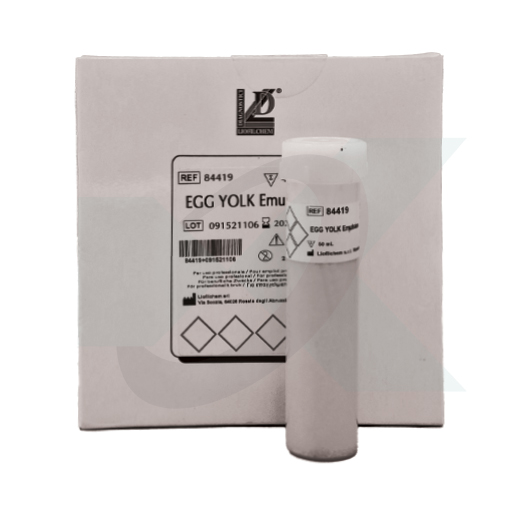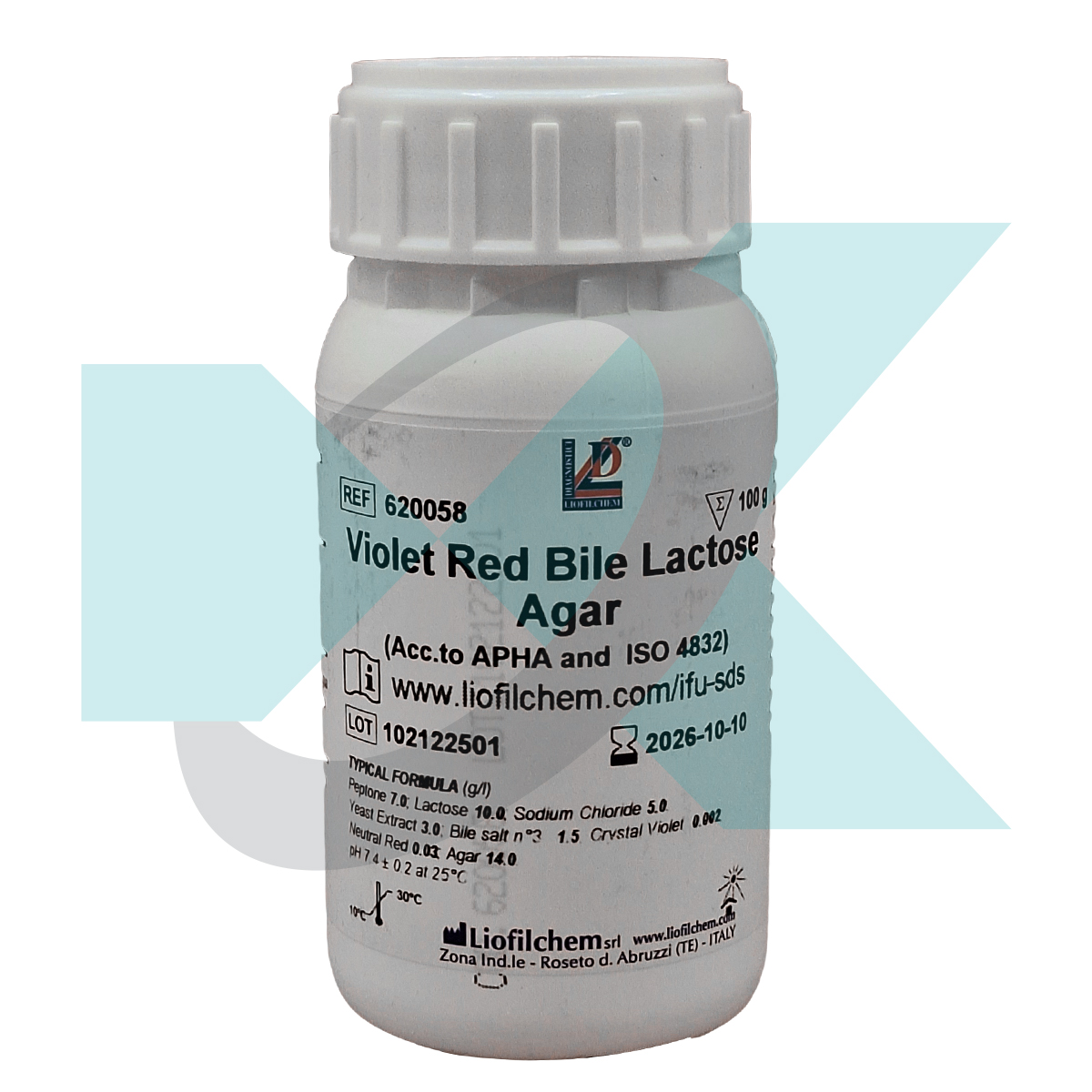Introduction
Potato Dextrose Agar (PDA) is a widely used medium for the cultivation, identification, and enumeration of yeasts and molds in foodstuffs and other materials. This article discusses the composition, preparation, application, and significance of PDA in fungal analysis, compliant with the standards of the USP/EP/JP and the American Public Health Association.
Product Description
Potato Dextrose Agar is a universally employed medium for identifying, cultivating, and enumerating fungi, particularly yeasts and molds. It consists of potato infusion, dextrose, and agar, with a final pH of 5.6 ± 0.2 at 25°C. Potato infusion provides a nutrient-rich base, while dextrose serves as a fermentable carbohydrate enhancing fungal growth and sporulation. Agar is the solidifying agent. PDA is recommended by pharmacopeial harmonized methods and is crucial for preparing Aspergillus brasiliensis test strains. Its formulation promotes luxuriant fungal growth and is available in various packaging options, including dehydrated media and ready-to-use plates.
Composition and Principle
PDA includes potato infusion (from 200 g of potatoes), 20.0 g/l dextrose, and 15.0 g/l agar. The potato infusion offers a unique nutritional environment, and dextrose facilitates rapid fungal growth. The medium’s acidity supports fungal development while suppressing bacterial growth.
Preparation and Sterilization
To prepare PDA, 39 g of the dehydrated medium is dissolved in 1 liter of distilled or deionized water, brought to a boil, and sterilized in an autoclave at 121°C for 15 minutes. For enhanced selectivity against bacteria, lactic acid can be added post-sterilization to adjust the pH to approximately 3.5.
Testing Procedure and Interpretation
PDA is inoculated by pour-plate, spread, or streak technique and incubated aerobically at 20-25°C for 5-7 days or at 25-30°C for 18-48 hours. The medium supports the growth of a wide range of fungi, with distinct colony morphology aiding in identification. Tube slants are often used for maintaining pure cultures.
Storage, Shelf Life, and Quality Control
The dehydrated medium should be stored at 10-30°C in a dry environment, with a shelf life of 4 years. Prepared media and plates have varying shelf lives, with plates lasting up to 6 months when stored at 10-25°C, away from light. Quality control involves testing with microbial strains like Aspergillus brasiliensis, Candida albicans, and Saccharomyces cerevisiae, ensuring the medium’s efficacy.
Conclusion
Potato Dextrose Agar is an essential medium in the field of microbiology, particularly for fungal analysis in food safety testing. Its effectiveness, supported by pharmacopeial standards, makes it a reliable choice for laboratories worldwide in ensuring the safety and quality of food and other materials.


















نقد و بررسیها
هنوز بررسیای ثبت نشده است.